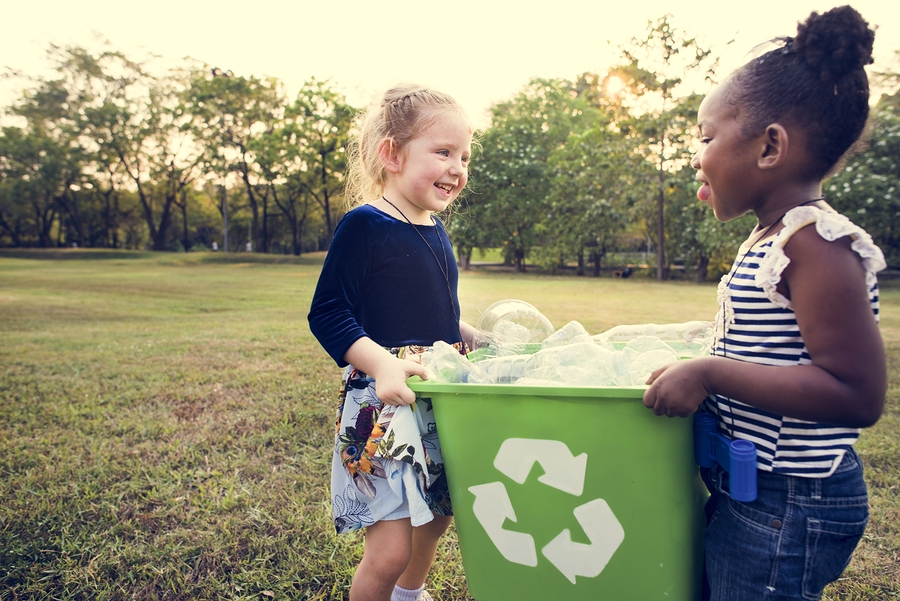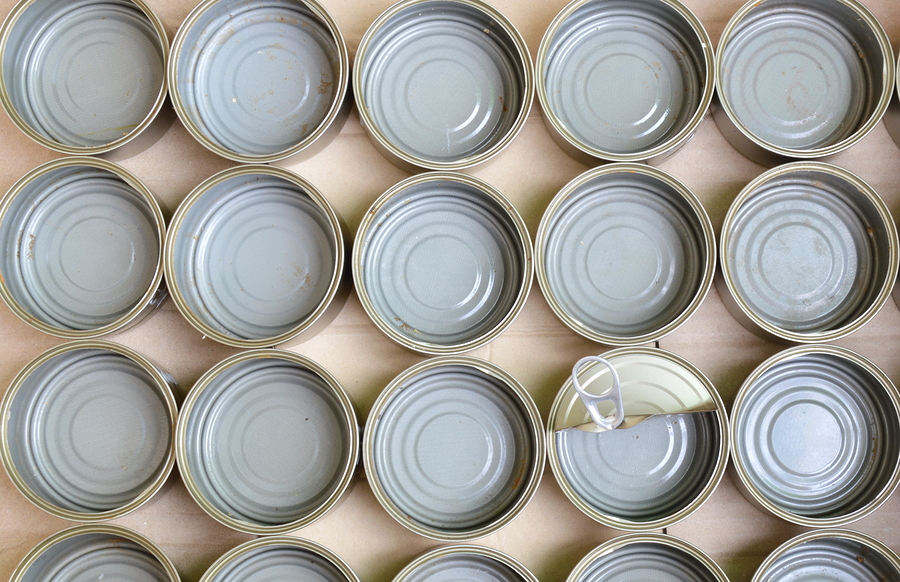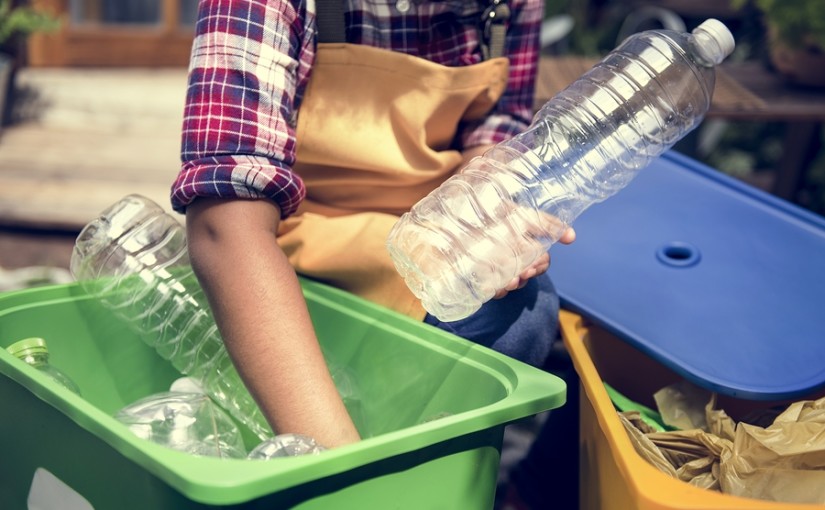Recycling at home is a great way to be kinder to the environment – a close second to simply cutting down on the amount of waste your household produces, which of course we can all do to a limited extent.
In fact these days there is very little that cannot be recycled at all, and these are our five top tips to improve your recycling at home, even if you think you already do pretty well.

1. Keep it separate
Keep recyclable waste separate as you go along and you’re much less likely to cross-contaminate your different bins, or to put rubbish in the wrong bin and have to sort it out later.
This doesn’t just mean using the right wheelie bin or other outdoor container – it’s something you can do indoors as you go along.
In the kitchen, consider investing in a recycling station. These don’t have to look much different from a normal kitchen bin, but have separate, suitable sized compartments for different types of recyclable waste.
Around the home, have plenty of bins and consider, for example, a separate bin for empty plastic bottles or loo roll inners in the bathroom, or a separate paper waste bin – shredded if necessary – in your home office.
2. Get it emptied
Put your recycling bins out promptly, don’t wait until they’re overflowing to have them emptied, and you’ll avoid having to use the wrong bin because the right one is full.
Equally for any big home improvement projects, consider hiring a skip so you can throw everything away in the knowledge that it will be safely removed and sorted for recycling by the skip hire company.

3. Know where to go
If in doubt, skip hire is a good way to get rid of large quantities of mixed waste and let someone else sort out what can be recycled, but over the long term, try to know where different materials are recycled nearby.
Some will usually be collected separately in your household wheelie bins, while supermarket car parks and other such locations are the ‘usual suspects’ for bottle banks and even collection bins for old unwanted clothes and fabric waste.
4. Recycle by numbers
Recycling symbols are on nearly everything nowadays, yet very few people know what they all mean – so learn what symbols and numbers are relevant to you.
Plastics in particular are usually given a number from 1-7 in the centre of the recycling symbol, and this tells you what type of plastic the item is made from – different plastics need different recycling processes, so make sure you dispose of them appropriately.

5. Bulky items
Resist the temptation to hide old electronics and even old computers and TVs in the bottom of your general waste bin – you could get into a lot of trouble if you’re caught doing this anyway.
Take bulky items, and especially those that contain potentially harmful materials, to your council recycling centre or tip, or again if you are hiring a skip, ask about removal of any such individual items.
For smaller items with harmful ingredients, like batteries and light bulbs, look out for specific recycling buckets at your local supermarket so you’re not adding battery acid, heavy metals and mercury to landfill sites.
